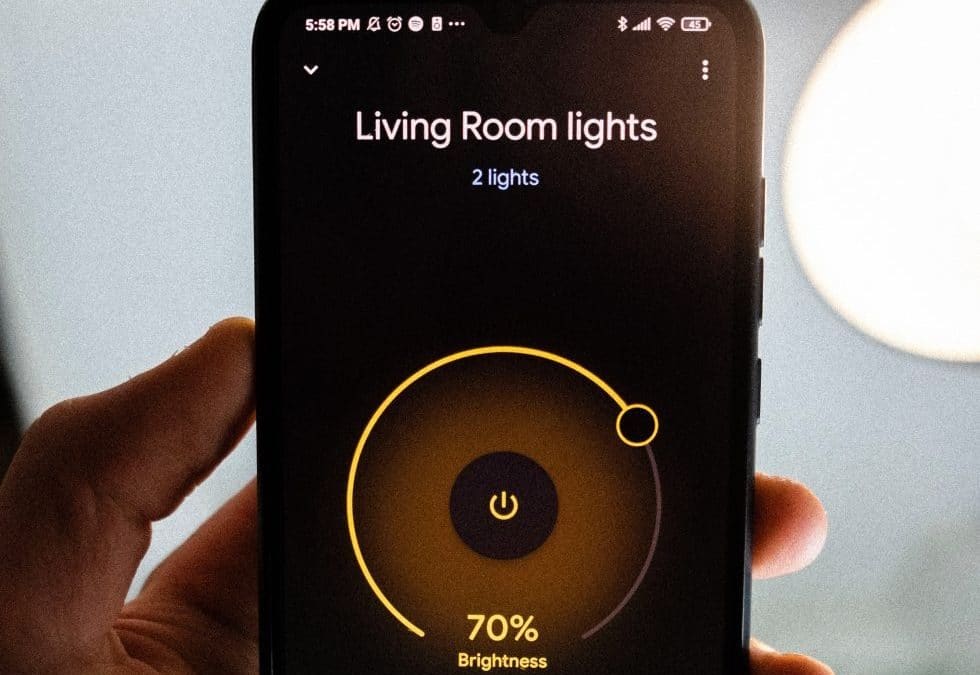Many of us have smart TVs, and oodles of us have smartphones. It’s almost unheard of not to have a device you can pull out of your pocket to check your email, the latest weather, or the scores of your favorite sports team. Smart homes have taken a little longer to catch on, and some people thought smart technology was only for high-end homes. But with so many advances in technology applications and lower prices offered for things that are now more commonly available, the smart home is literally for anyone these days.
Undoubtedly, smart homes include many conveniences. They are energy-saving, can increase accessibility, and make your home safer as well. Furthermore, you may see your homeowner’s insurance premium go down, and the overall value of your house goes up when you employ smart technology.
So, if you’ve been thinking about “automating” your home and equipping it with lighting, heating, and other devices controlled by your phone or computer, you’ll want to check out the latest trends in smart home technology.
Robots and other devices
Remember those old TV shows of the 60s where the families had space-aged robots to help them with their daily lives? Well, that’s not so far-fetched anymore!
Of course, we’ve had “robots” helping us with specific tasks for some time, like the robot vacuum cleaners that memorize the layout of your home so they can pick up dirt and crumbs efficiently and at pre-determined intervals. Amazon now has the Astro Home Robot, a sort of Alexa that moves around your house. Astro maps your floor plan, follows your voice commands, makes video calls, and more. Its price is a bit hefty (about $1000 USD), but you can use it to do things such as check what’s going on while you’re away, and there’s even a periscope that extends to look at high places. Amazing!
Ring™ also has a similar drone. They designed it to patrol your home. It can do pre-planned routine monitoring or be triggered manually or through other Ring alarm products. It doesn’t, however, fly up the stairs, so it’s only suitable for one floor.
New software for smart homes
Dozens of companies already in the smart home business have announced that they will work with a new software known as Matter®, which offers a universal protocol that lets smart home devices across major brands connect and integrate much more quickly. Amazon, Apple, Google, and Samsung have already introduced their relationship with Matter, as have many smaller companies.
How will you be able to use Matter in your smart home? You still need the internet, but you’ll also need a Matter hub unit, which will allow you to control and update accessories from your phone (or other devices). Because it reaches major brands, it makes the smart home world much easier to navigate. They expect to release it by Fall 2022.
More touchless tech
One of the things the pandemic brought us is the overwhelming desire not to touch things that other people have touched. We cringe when we need to put our hands or fingers on a device someone else has handled. That’s why the smart home world is picking up on this trend with items such as doorbells that announce guests without them needing to push a button. Of course, many other things like lights and thermostats are already controlled via phone or computer, and that field continues to grow.
Health technology
Also, thanks to Covid-19, smart tech is thinking more and more about our everyday health and things that affect it, like air quality. For example, some smart thermostats – the most popular smart home item – now have humidity sensors to assess air quality. Smart air purifiers are also available now, as are smart air conditioners.
Some smart doorbells now function like those check-in kiosks we’ve dealt with for the past two years, the ones that take your photo and your temperature. A handful of these devices have added temperature-taking functions that allow you to screen your guests before they enter your home.
Home office options in smart homes
The last two years have seen a massive shift from working in a high-tech office to working in your (probably) low-tech home. That’s why more and more companies that deal in smart home devices are looking for ways to help those working from their kitchen, dining room, or home office. For example, you can buy smart windows that are noise-canceling! In addition, multi-router Wi-Fi systems (MESH Wi-Fi) are great for telecommuters, as are adjustable lightbulbs that let you achieve the perfect amount of light no matter what time of day.
These are just a handful of new features for smart home enthusiasts. Smart home technology will continue to grow and become more sophisticated, so why not integrate it into your new home build? Or if you’re renovating or building onto your existing home, it’s also a great time to add smart elements to your house. For more information on smart home options, talk to the experts at Bowline Construction at 778-808-3725.

